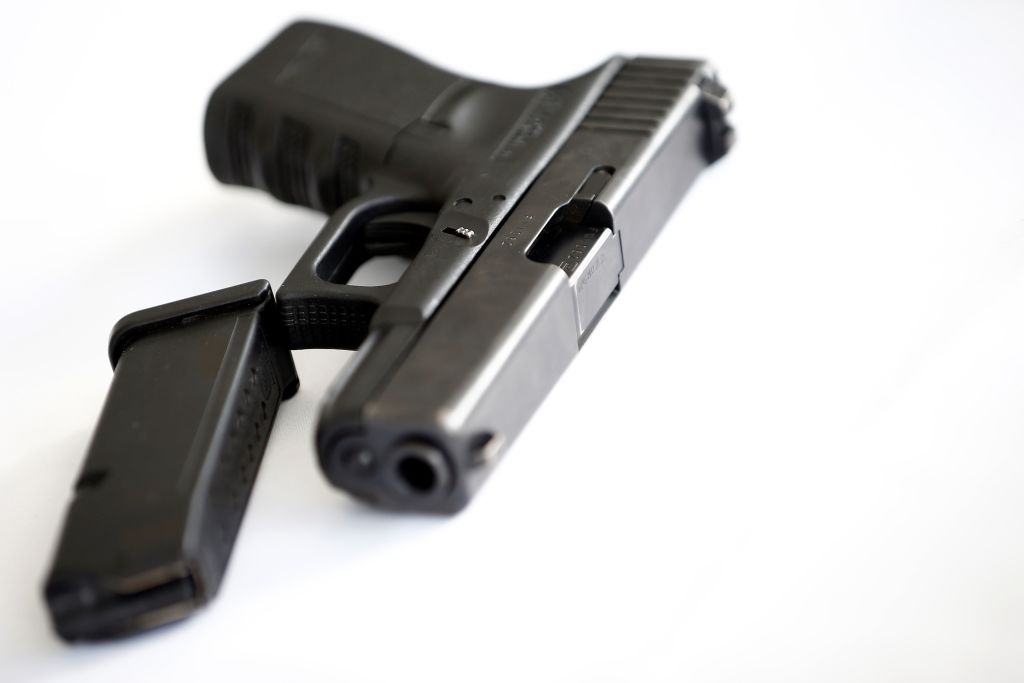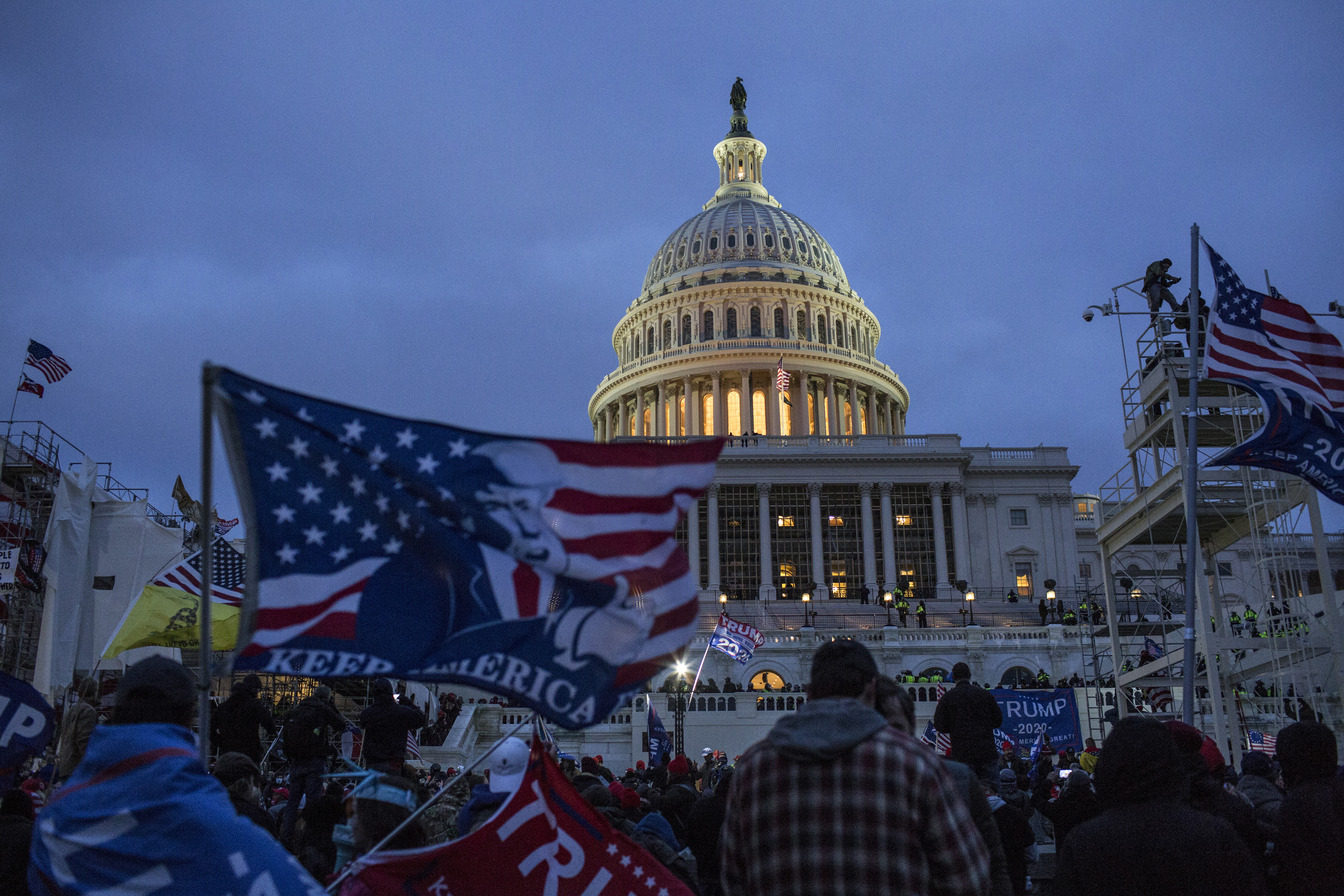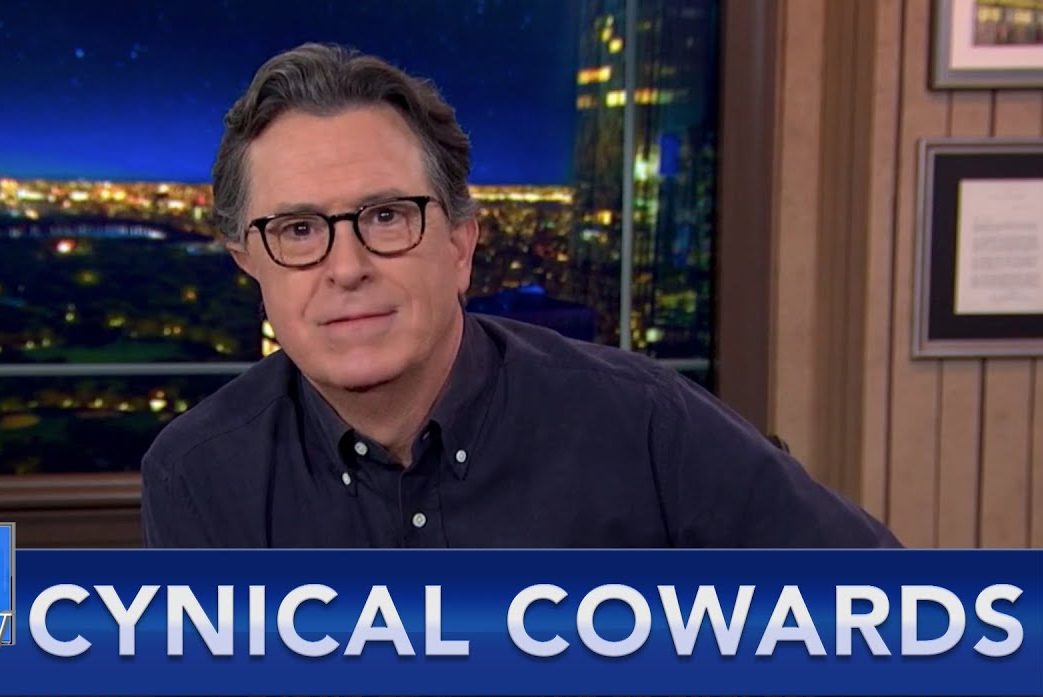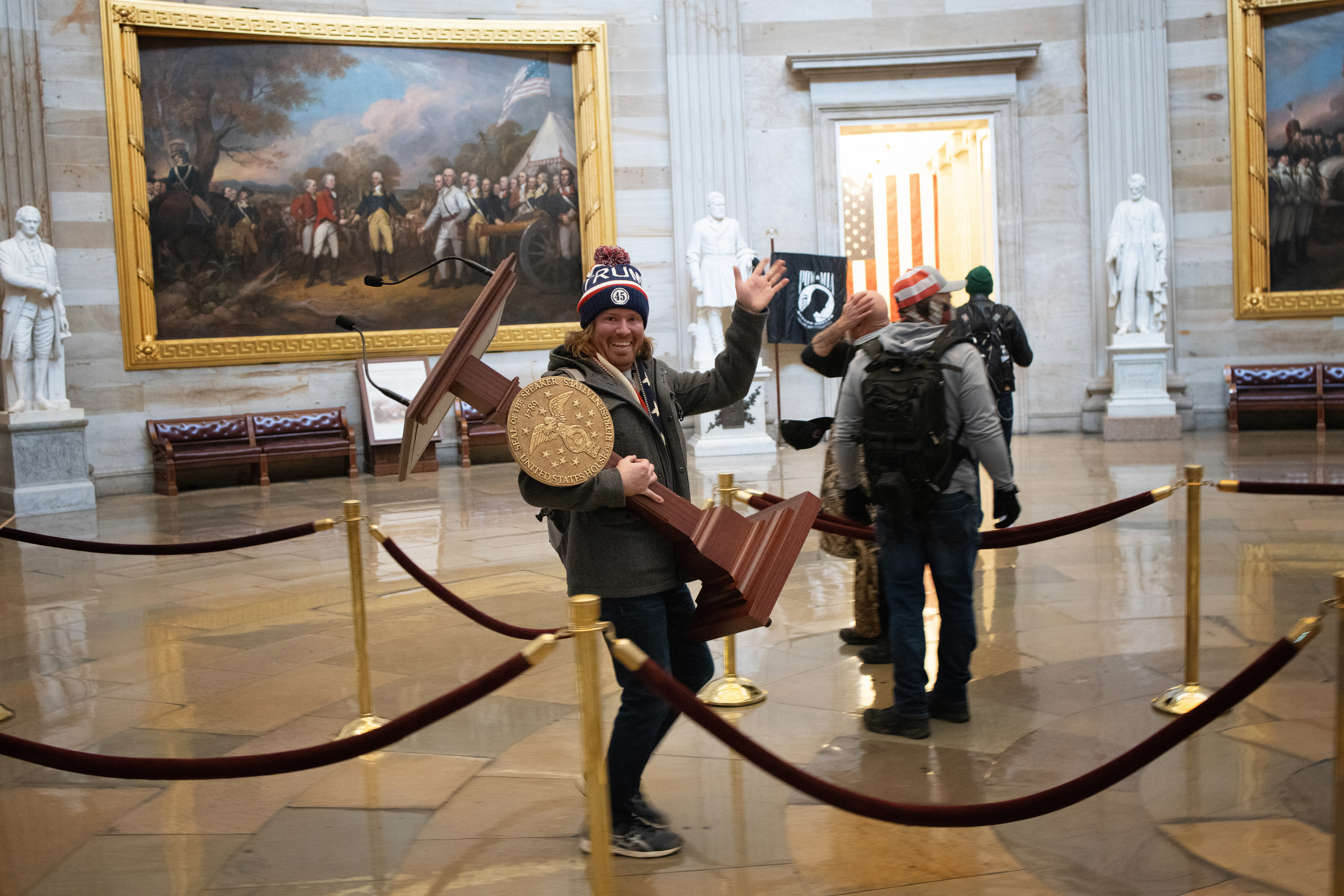If you watched any coverage of this week’s Capitol breach, you may have noticed something in one of the most alarming photographs to emerge from the event. In the photo in question, a group of plainclothes police officers stand guarding the door to the House of Representatives, guns at the ready.
A closer look at some of the guns reveals a distinctive feature: striped reflective tape on their gun barrels. What was responsible for this unexpected choice in weapon modification? A new article by Joseph Trevithick and Tyler Rogoway at The Drive offers a deeper look at this practice — and where else it can be seen in practice.
The rationale for the distinctive reflective tape, write Trevithick and Rogoway, is both understandable and unsettling. Security forces around the globe have adopted this practice as a way to differentiate from security personnel and active shooters who may be carrying identical arms.
“During a major security breach involving a large number of potentially hostile individuals, some of whom might be armed, additional and prominent visual cues showing who’s who could be extremely valuable,” Trevithick and Rogoway write.
As the article notes, representatives from a host of law enforcement groups eventually converged on the Capitol in response to the breach. At a time when firearms are widely available, measures like this reflective tape can help keep a tragic situation from becoming even more so.
Thanks for reading InsideHook. Sign up for our daily newsletter and be in the know.

















